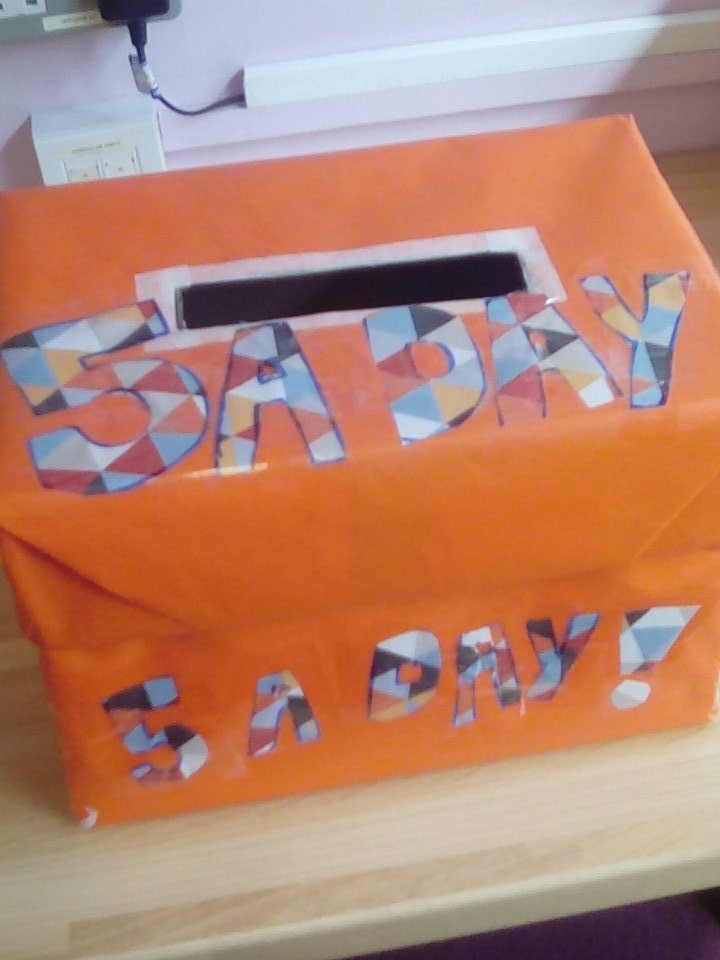Foundation
Higher
A photo posted by King Ed VII (@makerevision) on
A photo posted by King Ed VII (@makerevision) on
A photo posted by King Ed VII (@makerevision) on
 Today is the launch of our new Corbett maths 5 a day prize draw. When you complete any 5 a day questions (suitable of your target grade) you can enter your worksheets into the box in Mr Hoad's room. You can enter as many times as you like and use any of the old 5 a day's from the folder. Remember they are also retweeted every day on our twitter page @MAKErevision direct from @Corbettmaths twitter.
Today is the launch of our new Corbett maths 5 a day prize draw. When you complete any 5 a day questions (suitable of your target grade) you can enter your worksheets into the box in Mr Hoad's room. You can enter as many times as you like and use any of the old 5 a day's from the folder. Remember they are also retweeted every day on our twitter page @MAKErevision direct from @Corbettmaths twitter.